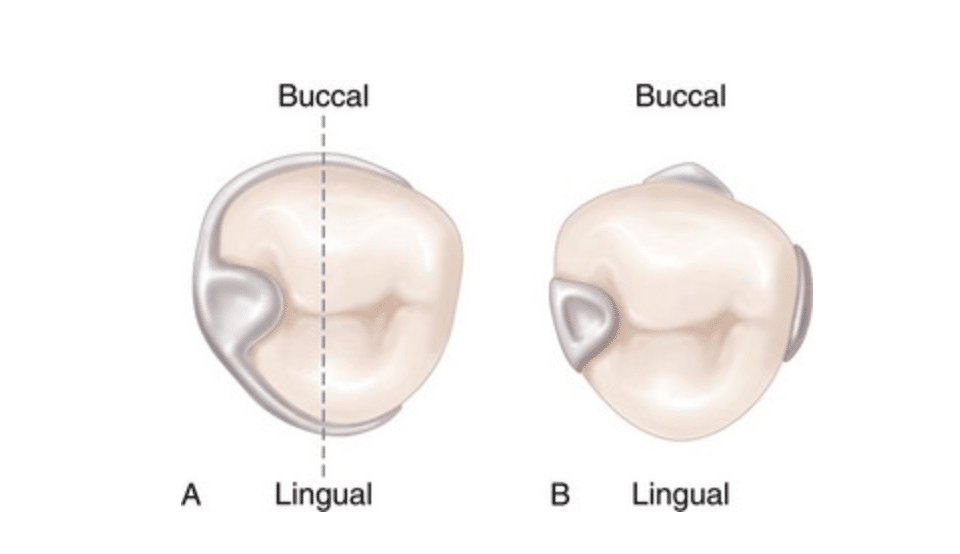Arklign offers a range of clasps ensuring both functionality and natural aesthetics for dental prosthetics.
Clasp Types:
Flexible Clasp: Offers durability and flexibility, ensuring a secure fit.
Flexible Clasp: Offers durability and flexibility, ensuring a secure fit.

Clear Clasp: Provides discreetness, blending seamlessly with the surrounding teeth.
Clear Clasp: Provides discreetness, blending seamlessly with the surrounding teeth.
Requirements of Clasp Assembly
Bar-Type Clasp Assembly
Bar-Type Clasp Assembly
A. Occlusal view. Component parts (proximal plate minor connector, rest with minor connector, and retentive arm) tripod the abutment to prevent its migration.
B. The proximal plate minor connector extends just far enough lingually so that it combines with the mesial minor connector to prevent lingual migration of the abutment.
C. On narrow or tapered abutments (mandibular first premolars), the proximal plate should be designed to be as narrow as possible but still sufficiently wide to prevent lingual migration.
D. I-bar retainer located at greatest prominence of tooth in the gingival third.
E. Mesial view of I-bar illustrating the retentive tip relationship to the undercut and a region superior to the height of contour, which serves a stabilization function in encirclement.
These factors should be found to be able to be classified as direct retainer:
These factors should be found to be able to be classified as direct retainer:
Support - the retainer should be able to provide resistance to gingival displacement (occlusal rests).
Reciprocity - the retainer should be able to provide resistance to orthodontic movement of teeth using reciprocal arms or elements placed against guiding planes. During placement and removal of the partial denture the retentive arm flexes over the height of contour and generates energy. At this point the rigid reciprocal arm should contact the guiding plane and prevent orthodontic movement from taking place.
Stability - the retainer should be able to provide resistance to lateral movement (reciprocal arms, minor connectors)
Retention - the retentive arms should be located in undercuts on the abutments.
Encirclement of Greater than 180° of the Tooth - the clasp arms should prevent the prosthesis from moving away from the tooth.
Passivity - when the oral cavity is at a resting position, the direct retainer should not exert force against a tooth.
Figure A:
Figure A:
A. Line drawn through the illustration represents 180 degrees of greatest circumference of abutment from the occlusal rest. Unless portions of the lingual reciprocal arm and the retentive buccal arm are extended beyond the line, the clasp would not accomplish its intended purpose. If respective arms of the retainer were not extended beyond the line, the abutment tooth could be forced away from the retainer through torquing action of the clasp, or the removable partial denture could move away from the abutment.
Figure B:
Figure B:
B. Bar-type clasp assembly engagement of more than 180 degrees of circumference of the abutment is realized by the minor connector for the occlusal rest, the minor connector contacting the guiding plane on the distal proximal surface, and the retentive bar arm.




